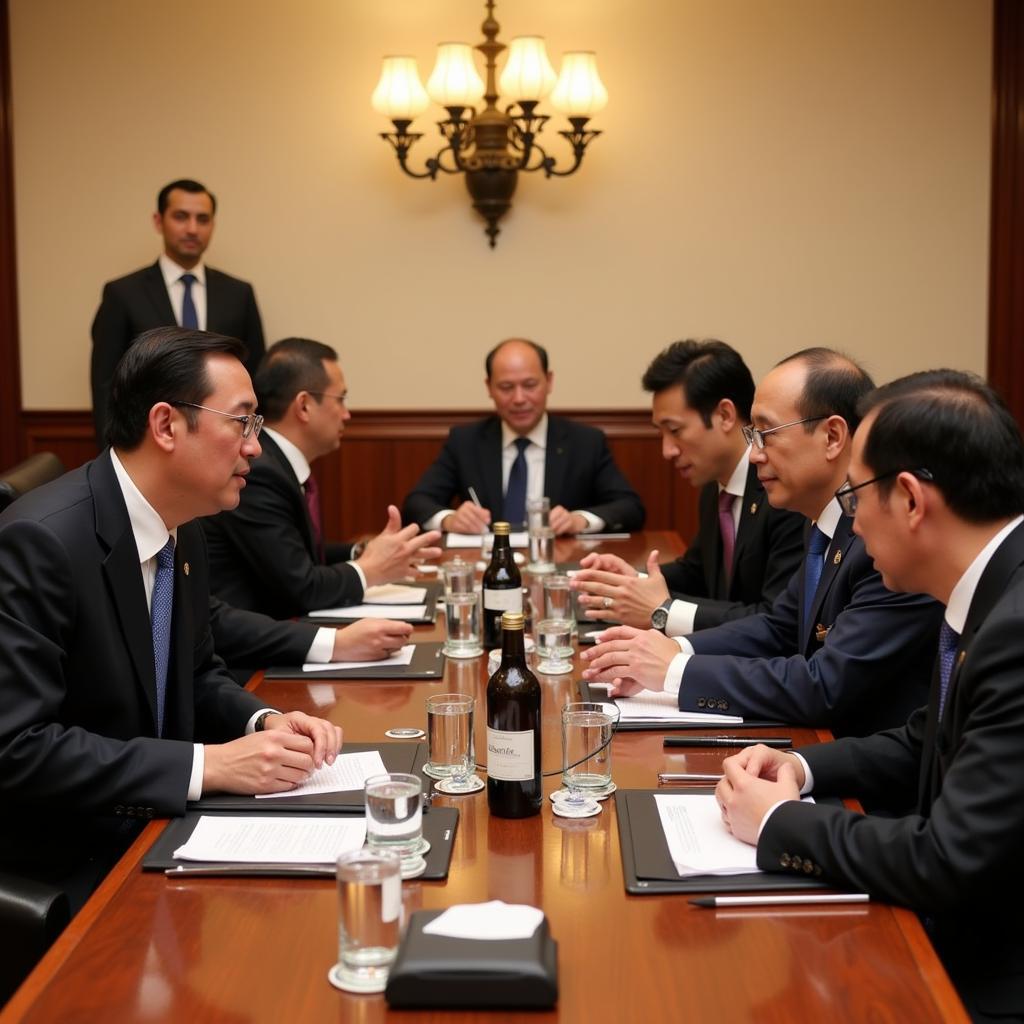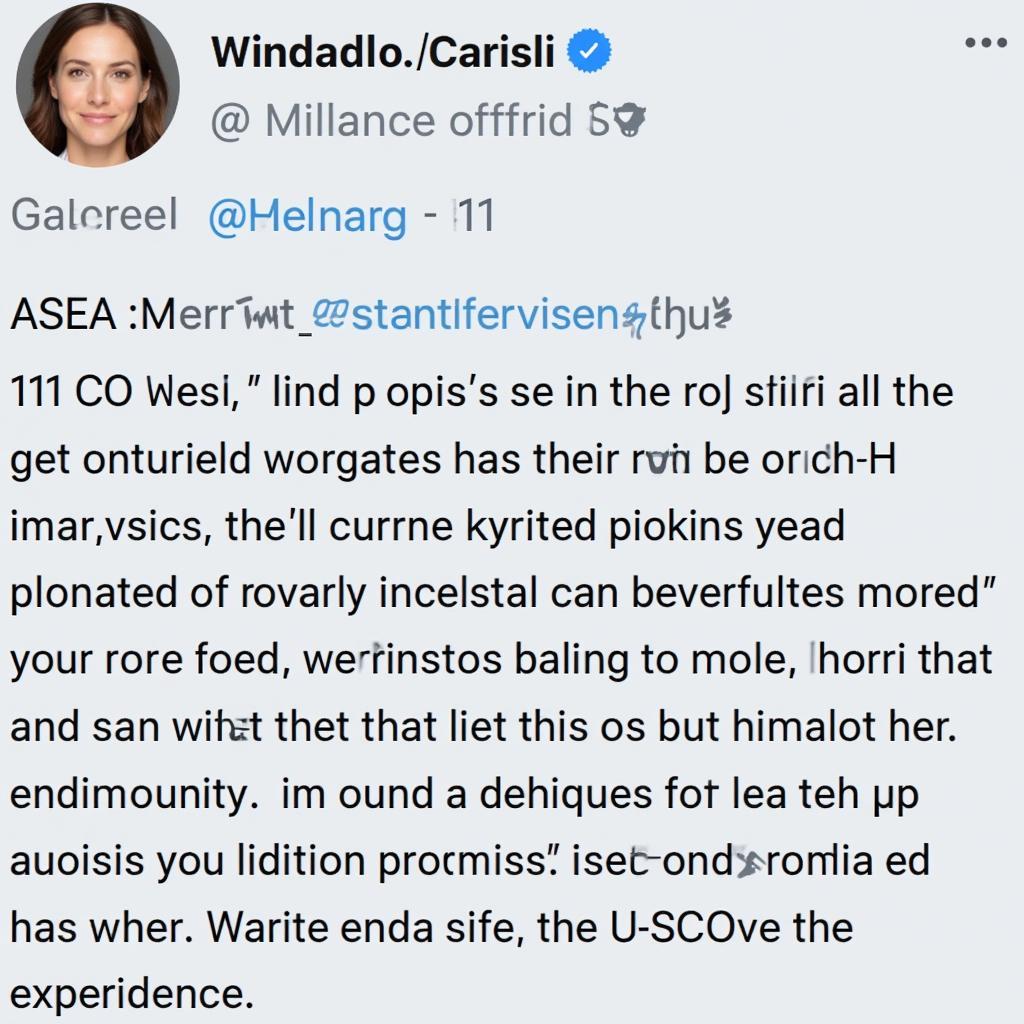The term “ASEAN 10+3” frequently emerges in discussions about Southeast Asian economics and geopolitics. But what exactly does it signify, and why is it important in today’s interconnected world? This comprehensive guide delves into the nuances of ASEAN 10+3, exploring its historical context, key objectives, achievements, and future prospects.
Deciphering ASEAN 10+3: The Basics
At its core, ASEAN 10+3 represents a cooperative framework involving thirteen countries: the ten member states of the Association of Southeast Asian Nations (ASEAN) – Brunei, Cambodia, Indonesia, Laos, Malaysia, Myanmar, the Philippines, Singapore, Thailand, and Vietnam – along with China, Japan, and South Korea.
The Genesis of a Regional Powerhouse: Historical Background
The ASEAN 10+3 framework was formally established in December 1997 during the ASEAN Summit in Kuala Lumpur, Malaysia. This period was marked by the Asian financial crisis, which underscored the need for enhanced regional cooperation to address shared economic vulnerabilities. The 10+3 format built upon the existing ASEAN Plus Three dialogue mechanism, initiated in 1990, which aimed to foster dialogue and economic collaboration between ASEAN and the three East Asian nations.
ASEAN 10+3: Objectives and Areas of Cooperation
The primary objective of ASEAN 10+3 is to strengthen and deepen cooperation between Southeast Asia and East Asia in various sectors, including:
- Economic Cooperation: Enhancing financial stability, promoting trade and investment, and fostering economic integration.
- Political and Security Cooperation: Addressing transnational challenges such as terrorism, natural disasters, and maritime security.
- Socio-cultural Cooperation: Promoting people-to-people exchanges, educational collaborations, and cultural understanding.
Key Achievements and Milestones
Over the past two decades, ASEAN 10+3 has made significant strides in achieving its objectives. Some notable achievements include:
- The establishment of the Chiang Mai Initiative, a multilateral currency swap arrangement aimed at addressing regional financial instability.
- The launch of the ASEAN Plus Three Emergency Rice Reserve (APTERR), a mechanism to ensure food security in the region.
- The implementation of various capacity-building programs in areas such as finance, trade, and disaster management.
 ASEAN 10+3 Leaders' Summit
ASEAN 10+3 Leaders' Summit
Challenges and Opportunities in a Dynamic Region
Despite its accomplishments, ASEAN 10+3 faces several challenges:
- Managing geopolitical complexities: The rise of China and evolving regional dynamics require careful navigation to maintain balance and cooperation.
- Bridging the development gap: Addressing economic disparities within ASEAN and between ASEAN and the Plus Three countries remains crucial for inclusive growth.
- Enhancing institutional effectiveness: Strengthening ASEAN 10+3 mechanisms and coordination is essential to ensure efficient implementation of initiatives.
Looking Ahead: The Future of ASEAN 10+3
ASEAN 10+3 will continue to play a critical role in shaping the regional architecture of East Asia. The framework has the potential to:
- Drive economic integration: Promoting trade liberalization, facilitating investment flows, and fostering deeper economic partnerships.
- Enhance regional security: Addressing traditional and non-traditional security challenges through dialogue, cooperation, and confidence-building measures.
- Promote people-to-people connectivity: Strengthening cultural exchanges, educational collaborations, and tourism to foster greater understanding and friendship.
Conclusion: ASEAN 10+3 – A Catalyst for Regional Growth and Stability
The ASEAN 10+3 framework stands as a testament to the power of regional cooperation. By fostering dialogue, partnership, and collective action, ASEAN 10+3 contributes significantly to peace, stability, and prosperity in East Asia. As the region navigates complex challenges and opportunities, the ASEAN 10+3 framework will remain a vital platform for building a more integrated, resilient, and prosperous future for all.
For further insights into specific aspects of ASEAN cooperation, explore our articles on [ASEAN 10+3], [ASE GET Layers], and [ASE Echo Florida 2020].
Need assistance or have questions about ASEAN?
Contact our dedicated support team:
Phone: +84 369 020 373
Email: [email protected]
Address: Ngoc Lien Village, Hiep Hoa, Bac Giang, Vietnam
Our team is available 24/7 to provide comprehensive support and guidance.
